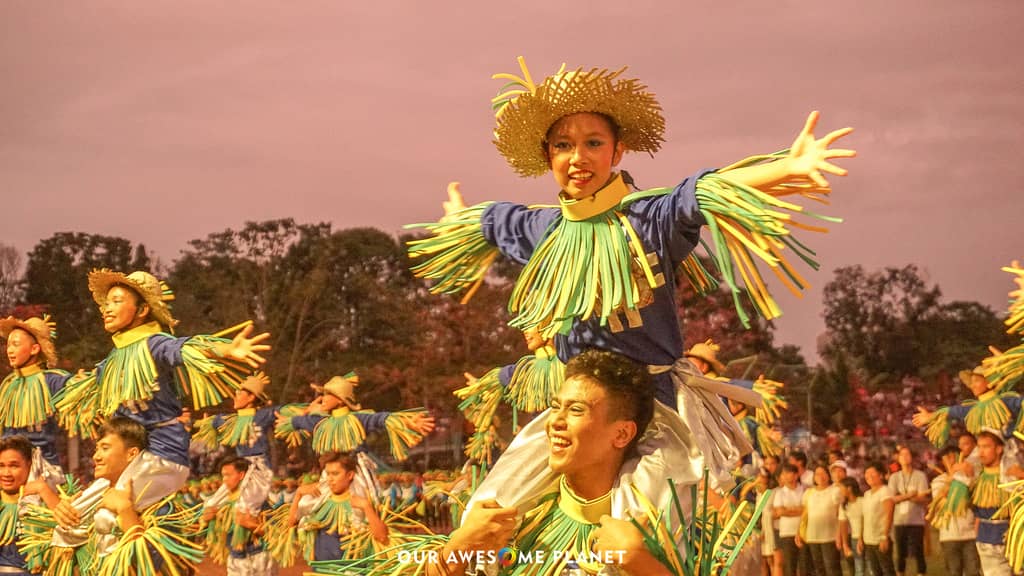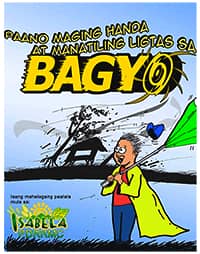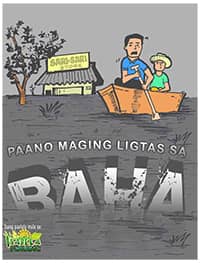by Pauline Songco, Staff Writer
The Daily Tribune, 12 Mar 2018
To liken oneself to a scarecrow is no common act for the people of Isabela. Stick figures dressed in tattered but colorful hand-me-downs, the Bambanti, an Ilocano term for “scarecrow”, greatly resembles the people living in this province: inventive, diligent, focused and resourceful.
Often hoisted in fields to fend off birds, pests and other forms of threats to their crops, the Bambanti has become a symbol of a farmer’s determination to earn what he planted, feed his family and produce for his community.
The Bambanti has also a great reminder of an Isabeleños relentless attitude, the kind that is persistent amidst storms that frequently visit the province, a fact that stands true to what Isabela had experienced seven years ago with typhoon Juan.
Nevertheless, the Bambanti symbolizes the province of Isabela’s national economic presence as the country’s center of agriculture and in the future the premier agro-industrial hub in the pacific.
Founded on May 1, 1856, through a royal decree by the Spanish government, the province of Isabela, named after Queen Isabela II of Spain, has 34 municipalities and three cities, allproducing high-value agriculture crops that serve as their representation. These are showcased during the annual Bambanti Festival.
The Philippine Star - 02 Mar 2018
Isabela had another successful staging of its annual Bambanti festival, which shines the spotlight on the province’s diversified agricultural production, artistry and craftsmanship.
Some 90 percent of Isabela’s three cities and 34 towns showcased their agricultural produce and distinctive products under the decades-old One Town, One Product (OTOP) program of the national government.
The annual festival revolves around the scarecrows, Bambanti in the local language, an ubiquitous feature in agricultural lands here and abroad. The OTOP theme was carried on to the giant renditions of the Bambanti. Aside from the traditional rice straw, booths by participating towns and cities in the agri-ecotourism fair featured scarecrows made from their respective indigenous products and materials.
The giant Bambantis were made of shells from the coastal towns and mongo and other beans, ears of corn and husks as well as rice from inland towns.
Residents and people from neighboring provinces shopped for distinctive products like the chocolate-scented Pinilisan red rice, the latik-filledmoriecos and othersuman, rice and fruit wines, white corn “coffee” and fresh vegetables, among others.
Visitors also had a chance to admire works by the local artists and craftsmen, like home and other home décor made of wood and artificial flowers from corn husks and cobs.
The week-long event featured various competitions, including best agri-ecotourism booth, best Bambanti, best in street dancing, best choral group and festival king and queen, among the participating towns and cities.
Cooks and drink mixers were challenged in the Makan ken Mainum competition organized by Mary Ann Arcega Dy, wife of the governor and a culinary arts graduate. This year’s cooking contest involved the use of goat meat.
Cauayan City, which hosts the province’s airport, earned the most points and top prize of P1.5 million from the provincial government to fund its development projects.
Governor Faustino “Bojie” Dy III, an outstanding governor award recipient; first district Rep. Rodito Albano and members of the Sangguniang Panlalawigan presented the award to Cauayan City Mayor Bernard Faustino Dy and all the other winners.
https://www.ourawesomeplanet.com
A big part of the lives of people from the Northern Philippines is Agriculture – the bread and butter of most families, if you will. So much of their lives revolve around grains and produce that it’s only fitting for them to dedicate an annual festival for it.
“Bambanti” is the Ilocano term for scarecrow. The watchguards of their fields and farms. This year, 20 out of 34 municipalities joined in the festivities.
Here’s a recap of my first time at Bambanti Festival 2018:
FIRST THINGS FIRST

Isabela is the country’s second biggest province in terms of land area, which in turn has led them to become an agricultural giant. Sprawling fields of corn and other grains dominate the province.
click here to see more about this article






























































